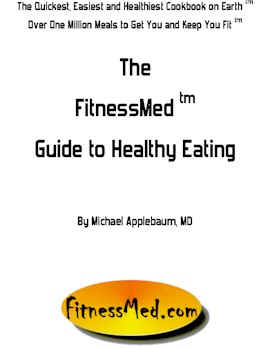

And the news is?
A new study led by an NYU School of Medicine investigator and published in the February 15, 2011, Advance Online Publication, International Journal of Obesity, challenges the idea that calorie labeling has an effect on the purchasing behavior of teenagers or what parents purchase for their children. Teens appear to notice the calorie information at the same rate as adults, however they respond at a lower rate. The conclusions are similar to a previous study about adult eating behavior by Dr. Brian Elbel, assistant professor and colleagues, which showed that although labels did increase awareness of calories, they did not alter food choices...The only way to keep the pigs from over-slopping at the trough is for them to pay for the consequences.
In the new study, Dr. Elbel and his colleagues gathered receipts and surveys from 427 parents and teenagers at fast-food restaurants both before and after mandatory labeling began in July 2008. They focused on lower income communities in New York City and used Newark, New Jersey (which did not have mandatory labeling) as a comparison city. Data were collected before labeling began, and one month after labels were present in restaurants. As parents and teens were leaving fast-food restaurants, their receipts were collected and the foods they purchased were confirmed, along with a brief survey.
Before labeling began, none of the teens in the study said they noticed calorie information in the restaurant. After labeling began 57% in New York and 18% in Newark said they noticed the calorie information. A total of 9% said that the information influenced their choices, and all of these teens said they used the information to purchase fewer calories. This number is considerably smaller than the percentage of adults who said the information influenced their choice (28%). "While the same percentage of adolescents and adults noticed calorie information, fewer adolescents report actually using the information in their food choice," Dr. Elbel said.
However, the study did not find a change in the number of calories purchased at fast-food restaurants after labeling went into effect. Teens purchased about 725 calories and parents purchased about 600 calories for their children.
The way food tastes was considered the most important reason that teens bought it, while price was a consideration for slightly over 50%. Just over a quarter of the group said that they often or always limited the amount of food they ate in an effort to control their weight. The study also reported that most teenagers underestimated the amount of calories they had purchased, some by up to 466 calories.
Period.








No comments:
Post a Comment